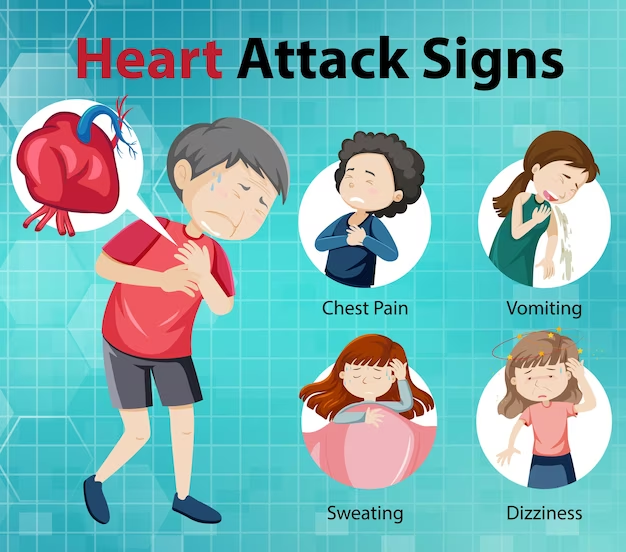Healthy diet plan for diabetes, hypertension, myocardial infarction (heart attack) and renal failure.
A healthy diet plays a crucial role in managing diabetes, hypertension, myocardial infarction (heart attack), and renal failure (kidney disease). Here are some key dietary recommendations for each condition:
Diabetes:
Focus on consuming complex carbohydrates like whole grains, legumes, and vegetables.
A study published by the American Diabetes Association (ADA) on diabetes and vegetarian diets found that maintaining a vegetarian diet was associated with a reduced risk of type 2 diabetes and lower BMI when compared to a non-vegetarian diet.
Although a vegetarian diet has many potential health benefits, there are vegetarian diet diabetes risk factors to be aware of, including not getting enough of certain nutrients like protein or consuming too many carbs. Your healthcare team can work with you to ensure you are eating balanced meals and that your entire diabetes management plan is appropriate for a vegetarian diet.
Following a vegetarian diet for diabetes has heart health benefits including lowering total cholesterol and LDL levels, lowering blood pressure, and helping to lower the risk of heart attack and stroke. Also, eating a healthy diet that is rich in essential nutrients and low in added sugars, unhealthy fats, and sodium — combined with daily exercise — can lead to better blood sugar management, according to the ADA.
Choose lean proteins such as fish, poultry, tofu, and beans.
Include healthy fats from sources like nuts, seeds, and olive oil.
Control portion sizes to manage blood glucose levels effectively.
Hypertension,
The DASH (Dietary Approaches to Stop Hypertension) diet is a well-regarded approach to managing hypertension. It emphasizes eating nutrient-rich foods such as fruits, vegetables, whole grains, lean proteins, and low-fat dairy while reducing sodium intake. This can help lower blood pressure and promote heart health.
DASH includes the following foods: 6-8 servings of whole grains every day. One serving is a slice of bread, a cup of unsweetened cereal or a half-cup of cooked brown rice or whole grain or high fiber pasta. 6 ounces or less of meat, poultry or fish per day. Vegans can use beans, seeds, legumes, and soy products). 4-5 vegetables and 4-5 fruits each day. One serving is a cup of raw vegetables, half-cup of cooked vegetables, half-cup of fruit or 6 ounces of fruit or vegetable juice. 2-3 low-fat or fat-free dairy products every day. One serving is 8 ounces of milk, one cup of yogurt or one and a half ounces of cheese. Vegetarians or Vegans can use soy or rice milk/yogurt/cheeses – just make sure these substitutes have the same amount of calcium and vitamin D as the original foods. 4-5 servings of nuts, seeds, dry beans and peas each week. One serving is a one-third cup of nuts, one tablespoon of seeds or half-cup of cooked beans. 2-3 servings of fats and oils each day. One serving is one teaspoon of soft margarine, oil or low-fat mayonnaise or two tablespoons of light salad dressing. 2,300 milligrams of sodium each day. To lower your blood sugar even further, reduce your intake to 1,500 milligrams of sodium daily. *Servings depend on the calorie level of the individual. Here are some quick tips to get you started: Add an extra serving of vegetables to lunch AND dinner. Add a serving of fruit to your meals or snacks. Use half of the butter, margarine, condiments, and salad dressing than normal. Drink low-fat, skim milk, or eat plain yogurt three times a day. Limit meat to 6 oz. per day (3 oz. = the size of a deck of cards). Eat more vegetarian meals. For snacks, choose raw nuts, seeds, fresh fruit, raw vegetables, unsalted/unbuttered popcorn, low-fat yogurt (without added sugar), etc.








Comments
Post a Comment